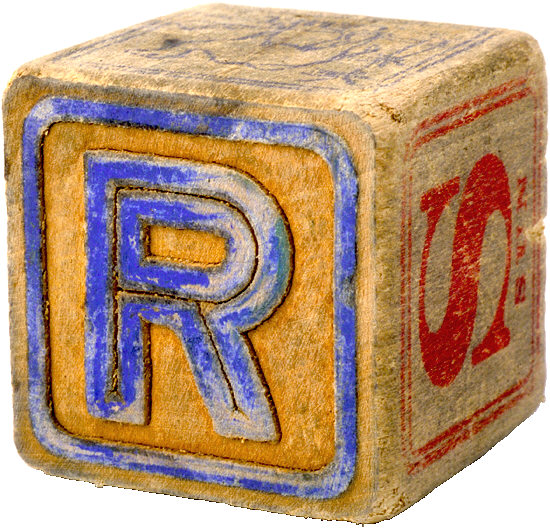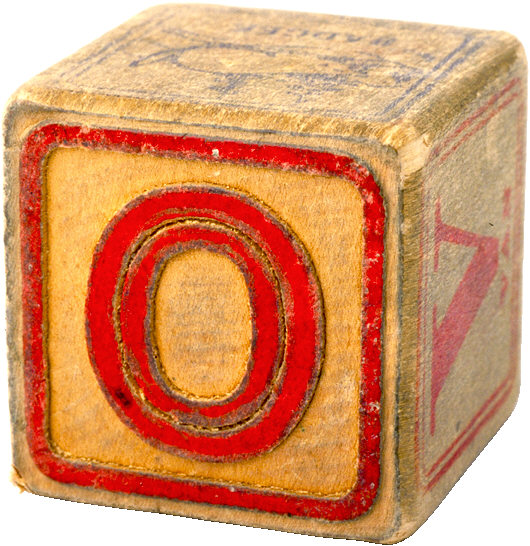












Contra Costa Preschool Directory & Kindergartens


Nightmares and Night Terrors
by
Dr. Lawrence Kutner
Children can tell us a great deal about their development even when they are asleep. Two of those insights come from nightmares and night terrors. To help your children handle them effectively, you have to understand the differences between the two.
A nightmare is simply a dream gone bad. It has a plot with a twist that is frightening. Most children's nightmares occur early in the morning. The child will wake up scared and upset. If he can talk, he will tell you what frightened him in the dream. He will cling to you for comfort and respond to your reassurances.
Night terrors are quite different. Although almost all children will have at least one mild night terror, patterns of severe or repeated night terrors appear to run in families. They usually occur within a few hours of falling asleep. A four-year-old having a night terror may sit bolt upright in his bed with his eyes wide open and scream. He may call out for his parents, yet he doesn't recognize them when they come into his room. When they try to hold him and comfort him, he pushes them away as if escaping from a trap. The fighting and screaming may last as long as half an hour. If his parents ask him later what frightened him, he cannot tell them. In fact, he may not even remember being scared.
Night terrors are not dreams. The screaming child with the open eyes and swinging arms is still asleep. In fact, he is in the deepest state or sleep, a condition parents usually notice only when their toddler or preschooler falls so soundly asleep that he does not wake up as they prepare him for bed.
Young children are more likely to have night terrors when they are very tired. Despite how frightening they may appear to the parent and how terrified the child appears to be at the time, night terrors are usually nothing to worry about, unless the child flails about so much that he may hurt himself.
Among older children, night terrors are often triggered by medical problems, such as pain caused by an ear infection. If a school-age child has a night terror for the first time, the child should be seen by a pediatrician. Similarly, if a child who had night terrors as a preschooler experiences several terrors within a few weeks as an older child, the child should be brought in for an evaluation.
There is a paradox in helping a child who has had a night terror. Since the child is asleep throughout the episode, trying to reassure him at the time is fruitless. All that parents can do is gently restrain the child, if possible, so that he cannot accidentally injure himself. Once the child is awake, he won't remember what scared him, so he doesn't need your help. In fact, questioning him the next morning about what happened may only make him anxious.
Nightmares, on the other hand, are more likely to be triggered by emotional distress than a physical problem. Again, they are usually of little concern unless they always have the same theme or occur more than about once a week.
One way to help a child who has had a nightmare is to ask the child to draw a picture of what frightened him. (Do this the morning after the nightmare since at the time it occurs, neither of you are functioning at your best.) Without trying to analyze what it means--an effort that is probably beyond your child's understanding anyway--you can ask him how he could defeat the monster next time or whom he would like to take along for help if he had the dream again. By drawing and talking about what scared him, the child learns that he can master his fears. Some children even learn to confront the monsters that chase them in their nightmares and ask them what they want.
One other successful approach is tell young children who are bothered by nightmares that dreaming is like watching television inside your head. Most of the programs playing are lots of fun. But if you're scared by what you see, you can always change the channel. A surprising number of children can teach themselves to do exactly that.